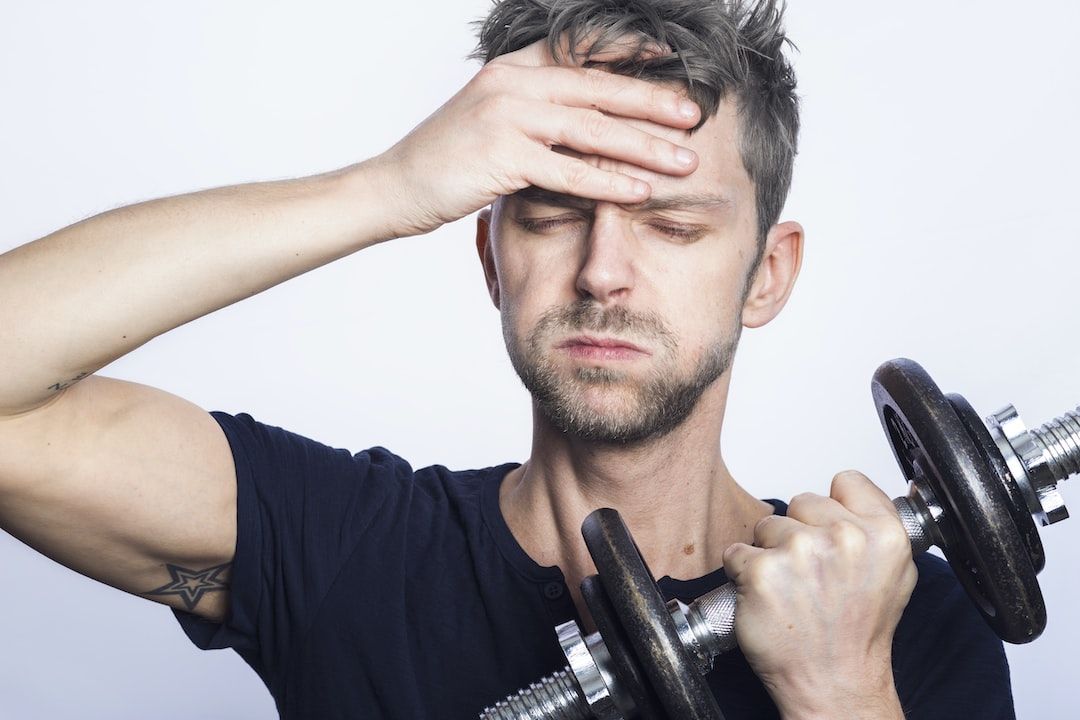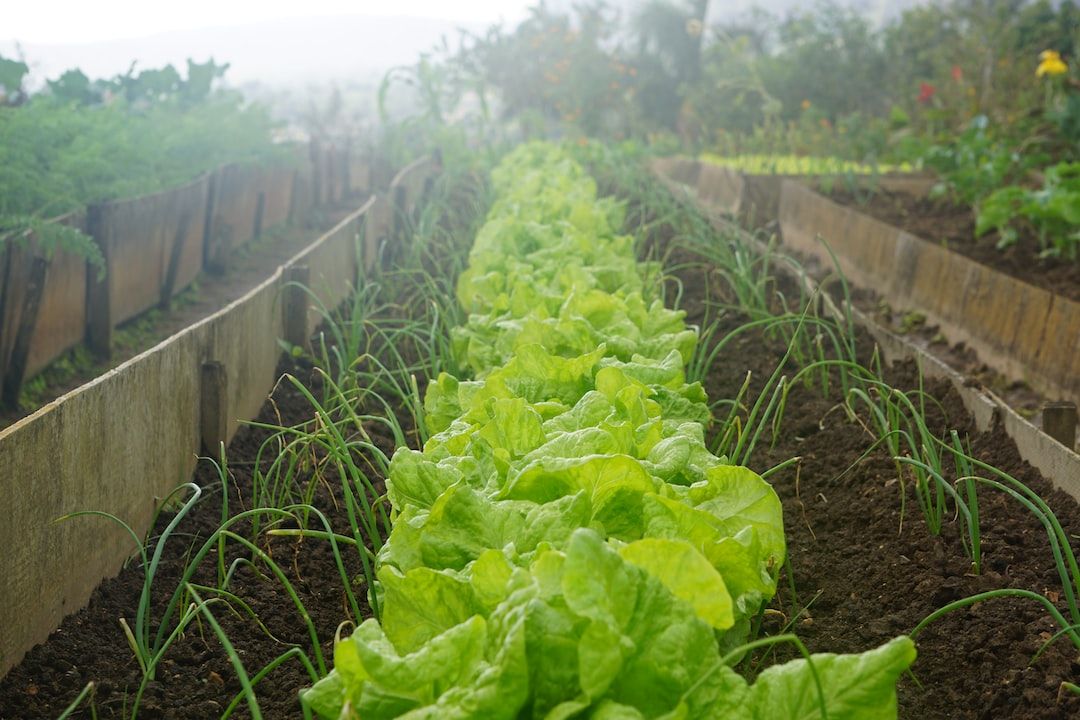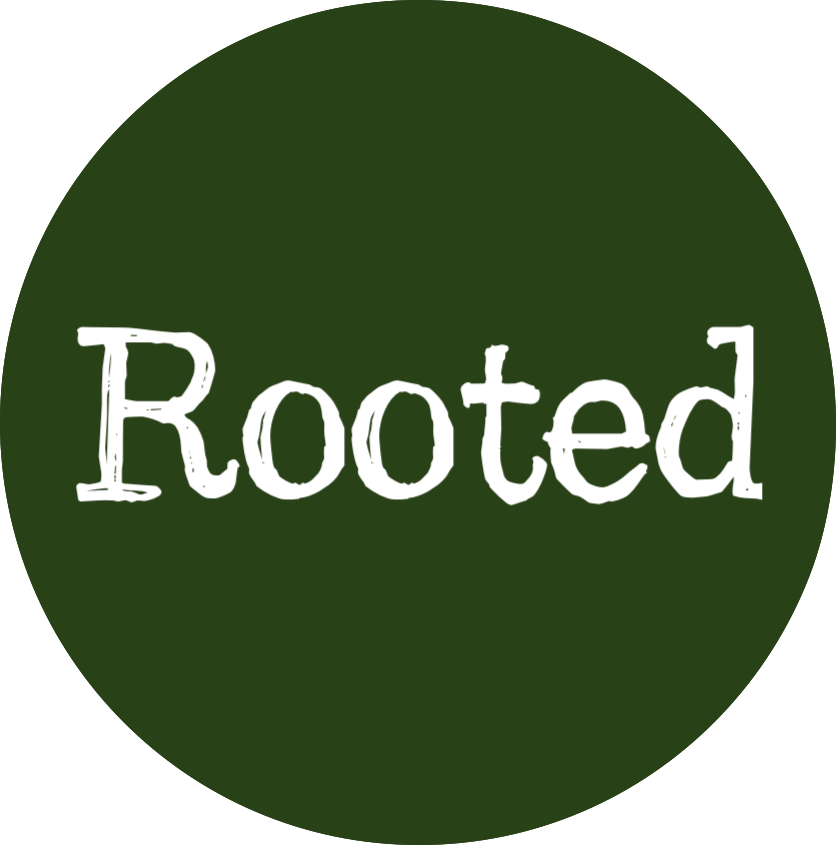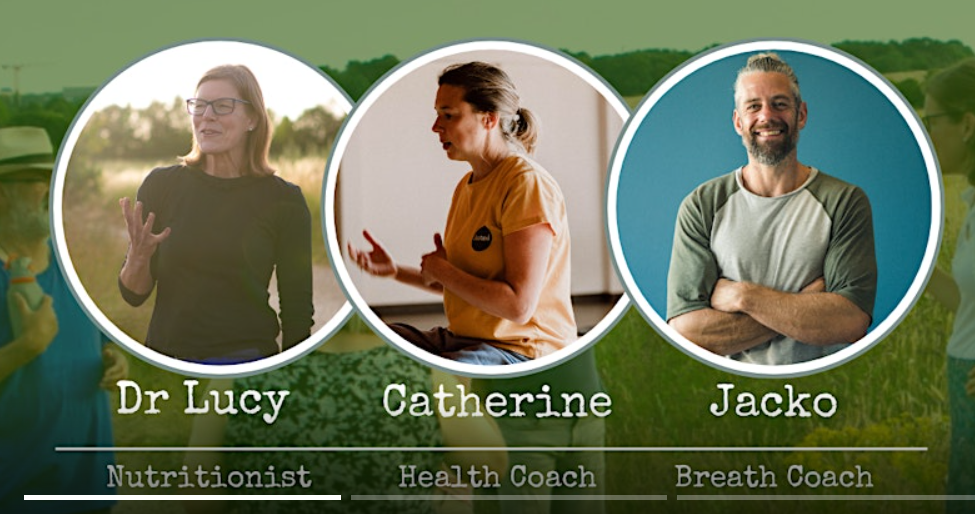Catherine
Can stress be good?
I think it’s fair to say stress has a negative reputation nowadays.
Certainly, excess stress (distress) is disruptive to our optimal function and is shown to contribute to the development of many diseases and can prevent us from living well.
Certainly, excess stress (distress) is disruptive to our optimal function and is shown to contribute to the development of many diseases and can prevent us from living well.
However, stress or ‘stressors’ are anything - actual or perceived - that causes a disruption in the normal balance – ‘homeostasis’ - of the body and therefore requires our body to have to adapt or change.
Our body is designed to adapt to the demands of the environment.
Our body is designed to adapt to the demands of the environment.
Our healthy human body is well equipped to deal with and respond to stress.
For example, exercise can be a stress to our body; The muscles become inflamed and suffers tears with doing a strength workout. As long as we give our muscles sufficient resources (nutrients) and opportunity to rest and recover (ie. Promote recovery systems – our parasympathetic nervous system), our muscles will restore and come back stronger. Our minds often prefer to think binary, see things in a black and white; What is good for me? What is bad for me? Unfortunately, but more interestingly, we struggle to apply black and white thinking in the case of the human body and our lives; Life is full of contrasts and variety, which is part of the richness of our experience and in the case of health, variety – across our training, our nutrition and our gut microbes equates to improved health and wellness.
Modern life can be full of subtle background stressors (busyness of the mind, rushing, emails, bad news) and can be fairly devoid of positive stressors (‘hormetic’ stressors), including a lack of stimulation ie. Physical/mental boredom. Therefore, we are evolving to our energy saving, comfortable and repetitive modern world. We are less able to tolerate the cold, for example. We tend to think of evolution as a positive process but we are seeing negative adaptations to our current environment.

What can we do?
Including some challenge and positive stressors in our lives can make us more able to cope and be more resilient to stressors.
Exercise, fasting, cold water immersion, heat (ie. Sauna) are all examples of potential positive stressors. As with all these examples, to excess, they will serve as a plain old stress, which will lead to ‘distress’ (excess stress causing negative effects on the body); With the exercise example, attempting to lift weights in (significant) excess of what we are capable of is likely to cause us an injury.
Plus, training hard everyday without sufficient recovery will not allow the body to make the necessary adaptations. Therefore, progressive overload is important in all examples.
Exercise, fasting, cold water immersion, heat (ie. Sauna) are all examples of potential positive stressors. As with all these examples, to excess, they will serve as a plain old stress, which will lead to ‘distress’ (excess stress causing negative effects on the body); With the exercise example, attempting to lift weights in (significant) excess of what we are capable of is likely to cause us an injury.
Plus, training hard everyday without sufficient recovery will not allow the body to make the necessary adaptations. Therefore, progressive overload is important in all examples.
Context is also essential to consider, There are times when the body needs to feel safe and nourished; during pregnancy, in babies and childhood, and if we are already compromised – experiencing ill-health or recovering from ill-health.
Also, take the example a busy mum who is working and looking after her family, not sleeping much, regularly fasting, doing regular cold plunges, has relationship troubles and training for a marathon maybe overloading the system!
Unfortunately, where the scales are tipped so far, these stressors despite the fact they can be positive, beneficial stressors in the right context, become sources of distress. This is often a recipe for ‘burnout’ or ‘crashing’ at some point.
Our body is pretty good at survival and as such, we can ‘get away with’ it for so long. Our bodies have ways to manage, putting out more stress hormones to energise us and pull resources from our stores; often the bones, organs, muscles which are nutrient rich. But like constantly drawing out of a savings account of a savings account, there comes a time when we go ‘into the red’.

How can we how can we know we are overloading the system?
It can be useful to look at your day; What does your day look like? What are the stresses drawing on your resources? What is providing replenishment?
Indicators we are already in the ‘red’?
- Cravings especially cravings especially for sweet and salty foods
- Easily startled, easily overwhelmed
- Poor sleep it can be difficult to get to sleep or you can be waking several times in the night
- Feelings of anxiousness
- Injuries and difficult to recover from injury or illness
- An inability to focus concentrate take on new information
- If you have a monitor, such as an Apple watch or Oura ring; HRV (decreases – as a general trend) and heart rate (increases or had increased usually by 10 bpm or more than baseline average).
In this situation, we really need to focus on signaling safety to the body in order to allow it to be allow it to be convinced it can afford to focus on recovery processes.
This would be:
- Focus on optimising sleep - Click here for the Free sleep ebook.
- Slow, breathing practice - Click here for free download: 6-minute quieten your breath guided exercise.
- Meditation
- Enjoying good quality time with friend/family/pets
- Ensuring the body is sufficiently nourished with wholesome foods (good quality veg, fruit, animal products), rich in nutrients, regular eating.
- Exercise - gentle to moderate intensity; slow movement like yoga, rhythmical movements such as dance, walking, cycling.
- Getting outside in nature! Nature is incredibly healing, especially when we immerse ourselves – get your bare feet on the grass/sand/sea!

The Goldilocks Approach
The moral of the story here is everything in balance and everything in context. There’s very little black and white when it comes to our health and wellness. So, if we understand ourselves and allow opportunity to ‘check in’, then we can reassess our health picture to re-orientate as appropriate, ideally avoiding a burnout situation.
In our self-assessment, we might consider:
- Context of my circumstances at this time:
- What is the load of the stressors - Remember physical and emotional are equally significant; Eg. emotional stressors; divorce/separation, bereavement, experiencing emotional abuse are major stressors.
2. What do I have to re-address the balance?
- Recovery in the form of sleep, fun/calm/time out, meditation, social, good nutrition. Ie. those things mentioned to help us feel safe.
I so strongly believe we can find solutions to our health and wellness problems in building our connection to:
- Ourselves
Understanding our current life circumstances, how they are affecting our function and what we need at this time; rest, re-charge, resilience work? - Nature
Being in nature, as mentioned above can provide us with rest, re-charge and increasing resiliency. - Others
Social support, especially through times of excess stress but also to encourage us to put us out of our comfort zones in entering into voluntary stressors (cold exposure, fasting) to build our resilience is so powerful.
Look to nature
As with so many things, we can learn from nature; We see in fruit and vegetables grown in greenhouses, using pesticides – to ‘protect them’, they produce fewer plant chemicals – like antioxidants, which are needed to protect them against being eaten by these bugs! Ie. We are creating these fruit and vegetable plants to be weaker as species and ironically, as Sally and Lucy (Williamson – Nutritionist) both frequently talk about, these plant chemicals are what make them so health promoting for us and our gut bacteria! In the plants case, we need to connect them back to their natural habitat; healthy, nutritious soil systems to provide them with the means to create the chemicals to protect themselves, creating resiliency.

How can we help?
Health coaching provides an opportunity to reassess where things are for you and where you want to be. We explore ways that for with you for ‘check-in’. We can also explore the various stressors and ways to recharge the battery as well as increase our capacity, or resilience to bounce back from our inevitable stressors.
If you are interested in health coaching with me, then please do email me catherine@rootedlife.co.uk.


